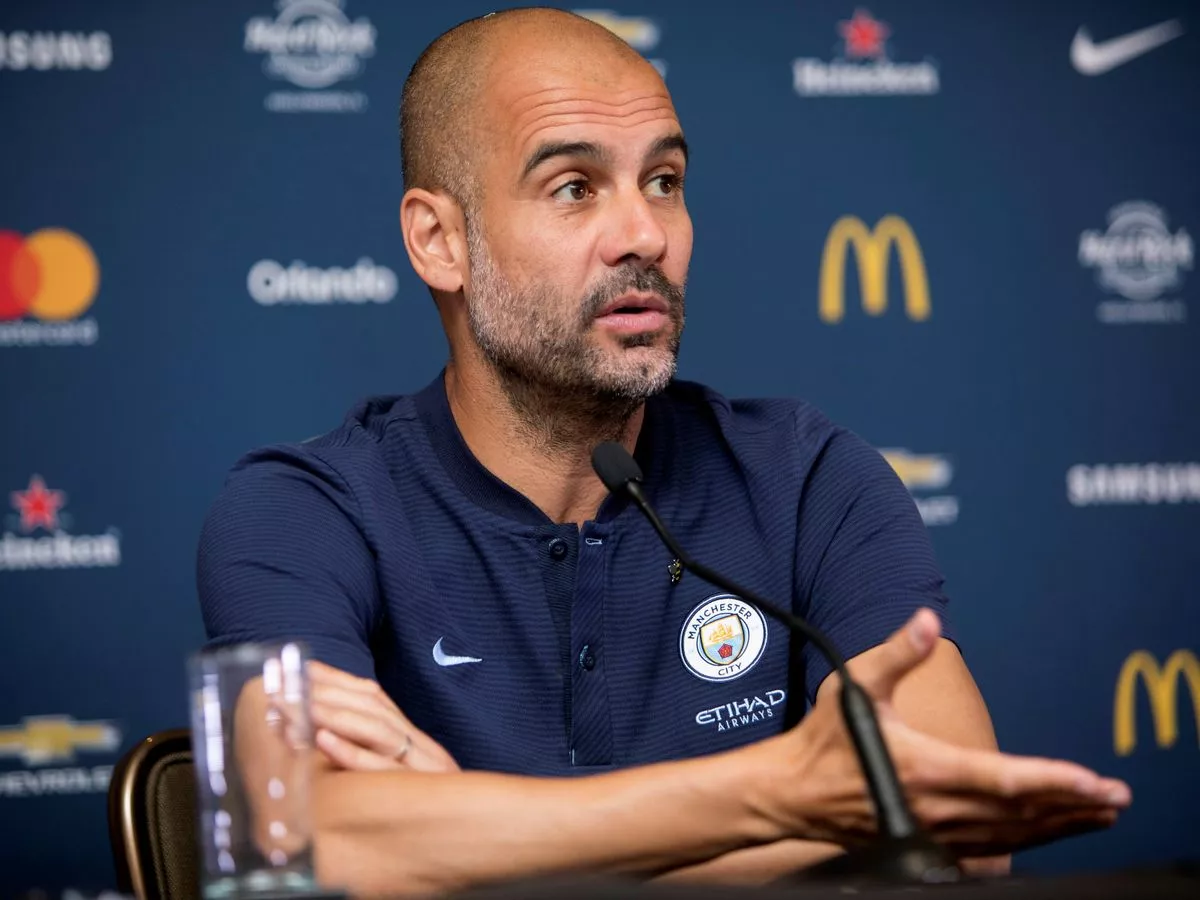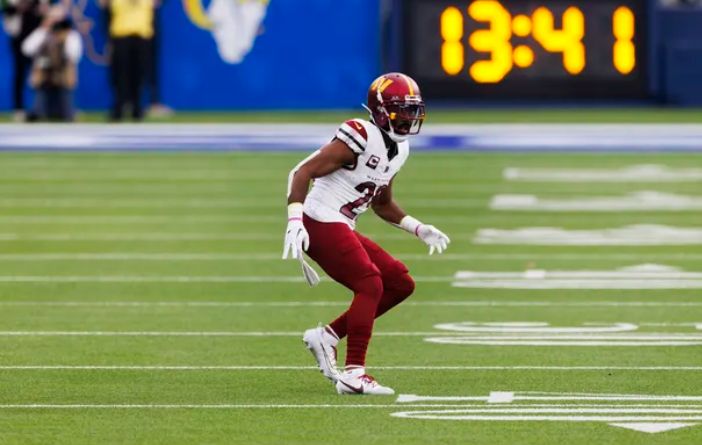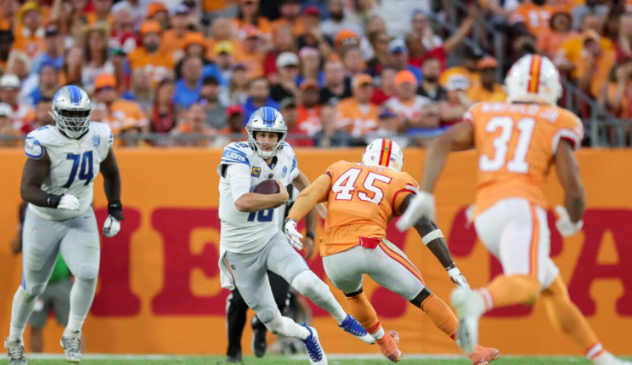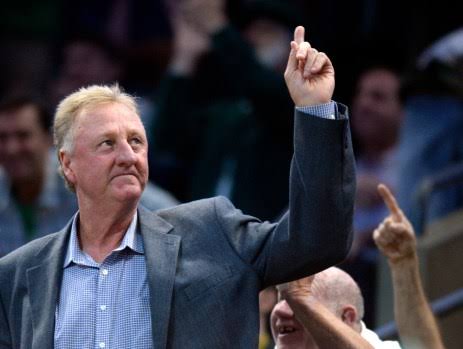
Following the acquisition of Chelsea in May 2022 by the consortium led by US billionaire Todd Boehly and private equity fund Clearlake Capital the transfer spend by the London side was unprecedented.
Over two transfer windows the arrivals of players such as Mykhailo Mudryk, Enzo Fernandez, Marc Cucurella, Raheem Sterling, Benoit Badiashile and Noni Madueke took spending to over £600m, taking the already dizzying sums in the market to new levels.
Behind the heavy spend was the plan to build a team for the future by using the tactic of offering deals of seven, eight and nine years so that the guaranteed transfer fee could be amortised over a longer period of time. Amortisation is how transfers are accounted for in a clubs financial statements, with the guaranteed fee divided by the years on the contract to give an annual amortisation cost.
UEFA have since moved to close that particular loophole. While clubs can offer long contracts in line with the rules and regulations of their own national governing bodies they won’t be able to amortise transfer costs over a longer period than five years. The rule change won’t see any retrospective action taken, though, with Chelsea still able to benefit from the tactic they employed.
While the focus was on who was arriving at Stamford Bridge there was less on who was heading out, with the club having to sell some big players in order to give themselves the best chance of flying under the radar of UEFA’s financial fair play regulations and the Premier League’s profit and sustainability rules.
Last season was a huge failure for Chelsea whichever way it was looked at. A 12th placed finish, no European football of any kind and a bloated and expensive squad meant that new boss Mauricio Pochettino’s in-tray was heavy on his first day.
But spending plans continue for this summer, with the club linked with deals for the likes of Moises Caicedo of Brighton & Hove Albion and Southampton’s 19-year-old Belgian star Romeo Lavia, a player who Liverpool are considering as their third summer signing. For Chelsea, though, how much they will be able to manoeuvre in the market before the season starts will be impacted by how much headroom they feel they have with profit and sustainability rules, with the Premier League likely to take a keen interest.
The issue for Chelsea, and one that may be to the benefit of Liverpool should a battle for the talents of Lavia ensue, is that Chelsea’s sales before the end of their financial year, which ended June 30, weren’t as significant as may have been thought, despite totalling around £170m in fees. The likes of Kai Havertz, Mateo Kovacic, Ruben Loftus-Cheek, Edouard Mendy and Kalidou Koulibaly all occurred during before the end of the financial year, but the profit on their book value was limited.
While the sale of Havertz for £60m to Arsenal may seem a significant deal, in terms of accounting profit it would be the profit over and above the book value of the player. As described in the Price of Football by author Kieran Maguire: “It’s the same as if you bought a house for £300,000 and sold it for £350,000. This gives a profit on the sale of £50,000, which is not the sale price in itself.”
Chelsea bought Harvertz for £75m from Bayer Leverkusen in 2020.
The situation was different with Mason Mount, who completed a £55m move to Manchester United this week. A product of the youth academy, Chelsea are able to book the total sum of his sale to United as pure profit, meaning that it was a more profitable deal for the club than the sale of Havertz. But it was a deal done after the financial year, meaning that they can’t book those profits on to the 2022/23 accounting period, meaning that it won’t impact their P&S position.
“The Chelsea strategy was one that carried with it a high level or risk,” Dr Dan Plumley, football finance expert and sports finance lecturer at Sheffield Hallam University told the ECHO.
“The heavy spend had to be backed up by competitive performance, most importantly qualification for the Champions League. That hasn’t happened which has meant that the club will have had to look at sales to offset the spend, but given how much they had spent in the last financial year the outgoings won’t have had a huge impact.
“I’m sure that they would have wanted to get a deal done for the sale of Mount before the end of the financial year given that it was pure profit for the club. They might try to argue with the Premier League, if they are scrutinised, that it was a deal that they had tried to do beforehand and that it being in the 2023/24 financial year means that they have moved to address some of the issue.”
The problem for Chelsea is that given the lack of profit above book value for the players that have departed, and with Mount not sold before the end of the financial year, the freedom that existed in terms of their transfer spend when they were taken over might not be there this window, meaning that Liverpool could have an upper hand should they have to enter into a battle to land the likes of Lavia, and even potentially pushing for a move for Levi Colwill, with the England under-21










